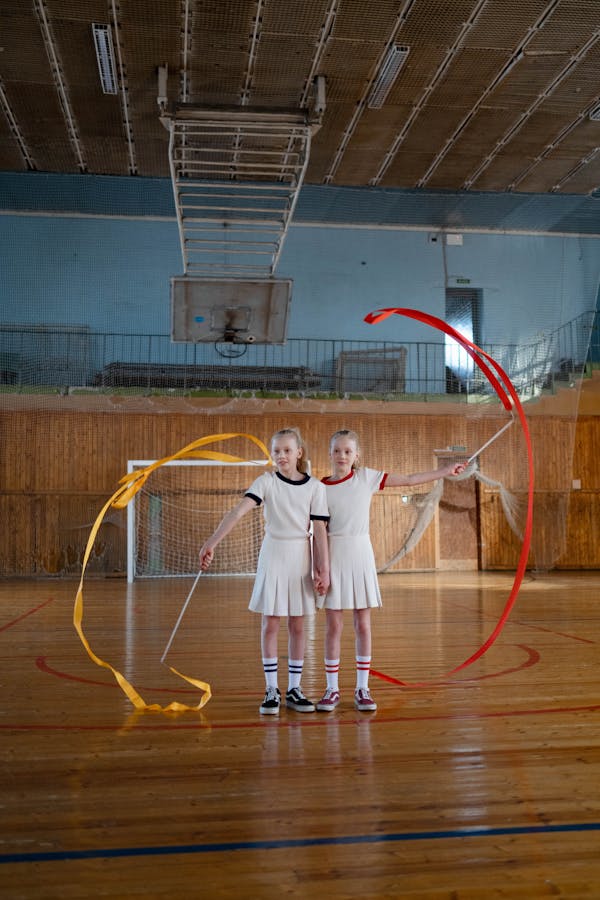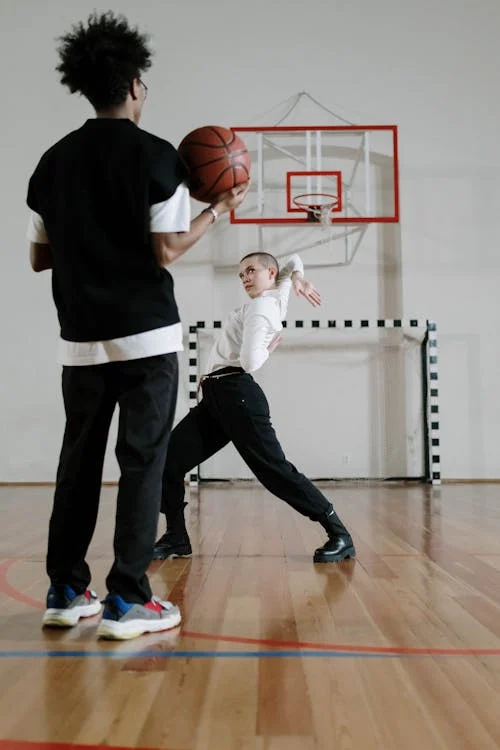Children’s gross motor abilities and coordination are developed by participation in physical activities including running, jumping, throwing, and balancing. Their general physical ability is improved and new physical activities are made possible by these skills.
The foundation of early childhood facilities’ physical education programs for kids has always been play. For a child’s development (movement education, cognitive growth, socializing functions, emotional development), this is seen as fundamental. However, expanded “prevention” efforts have turned their focus to elementary and preschool-aged children in areas where childhood obesity is a top priority. One could argue that early childhood education has evolved into yet another location where children’s bodies are being “civilized.”
What is an early childhood education degree?
A bachelor’s or master’s degree in early childhood education focuses on instructing degree holders on how to teach newborns and young children as they go through quick cognitive and physical transformations, like learning to walk and count.
Together with general education classes, the coursework in these degree programs covers subjects including early childhood education theories, developmentally appropriate teaching techniques, and early childhood literacy. In certain educational institutions, the degree falls under the general heading of child study or elementary education.
Degree types
Degrees in early childhood education range from associate’s to doctorate. An associate’s degree can be obtained in roughly two years. You might be able to get employment at a daycare center at entry level with this kind of degree. Should you ultimately want to pursue a bachelor’s degree, having an associate’s degree may also prove advantageous. You might receive credit from the university for the courses you completed to obtain your associate’s degree.
What is Physical Education?
The national physical education curriculum seeks to guarantee that every student:
- Acquires the skills necessary to excel in a wide range of physical activities
- Stays physically active for extended periods of time
- Participates in competitive sports and activities
- Leads a healthy, active life
The goal of physical education is to give students a continuous curriculum and teaching that will help them acquire the information and abilities needed for an active lifestyle. P.E. teaches pupils how to become physically literate by building their abilities, knowledge, and self-assurance to lead healthy, active lives from an early age.


What are the Key Benefits of Physical Education?
Early childhood physical education is essential to forming lifelong healthy habits. This is mostly because there is a correlation between increased physical activity levels and kids’ overall academic success as well as their social, psychological, and cognitive development. Because of this, physical education includes a broad range of learning and development possibilities, including the improvement of motor skills, an appreciation for the benefits of physical activity, and the development of the capacity to reach and sustain a level of fitness that improves health.
Key advantages of physical education go beyond physical benefits including improved bone health, muscular fitness, cardiorespiratory health, and maintaining a healthy weight. Developing motor abilities (as previously indicated), raising general concentration, processing speed, and attention spans, and maybe lowering vulnerability to current and future depressive symptoms are additional crucial learning objectives of physical education.
Early childhood education program
Students pursuing degrees in early childhood education are prepared to work with young children, often ages two to eight. Discover the key phases of a child’s growth as well as strategies for helping your young students acquire the appropriate cognitive, emotional, and physical skills.
How does Physical Education Support Development?
In addition to imparting information and skills for physical activity, a well-designed physical education curriculum promotes self-management, keeps students engaged for the majority of class time, and offers them a pleasurable learning environment. (CDC, 2013)
In addition to encouraging decision-making abilities, a healthy atmosphere during physical education sessions raises kids’ motivation levels. This emphasizes even more how important it is for physical education teachers to facilitate learning about how to enhance the classroom environment. For this reason, physical education makes extensive and effective use of the creation of positive motivating climates.
Making Physical Education Enjoyable for Every Student
In physical education, inclusivity is crucial. All kids’ needs must be addressed in a well-designed physical education program, and the whole class must have fun. That being said, one of the most important components of making physical education enjoyable is class administration and structure. To maximize class time by allowing every student to participate, a teacher can, for instance, choose games and alter them to make every student more active by minimizing the elimination portion of a physical activity game. These adjustments to accommodate students’ varying skill levels by offering
Physical education will be more efficient and fun if there are many ways to engage students that will challenge, motivate, and allow them to express and participate in their interests.

Physical Education Beyond the School
Although physical education should emphasize physical activity, it’s crucial to keep in mind that physical education offers much more than just opportunities for physical activity in the classroom (Webster et al., 2020). The physical activity component of physical education is closely linked to meaningful experiences that foster students’ abilities and knowledge of healthy habits, therefore it’s crucial to keep that in mind when considering the goals of the program.
As a result, physical education must also have a connection to kids’ external environment.
Here, the physical education teacher’s job is to link what students learn in the classroom and their real-world experiences (Beni et al., 2017; Ní Chróinín et al., 2018; Ennis, 2017). The physical education teacher can encourage pupils to participate in extracurricular physical activities that suit their interests by getting to know them after they have experienced a range of physical activities in the classroom. Students will be able to take advantage of enjoyable possibilities for physical activity outside of the classroom thanks to this relationship.
